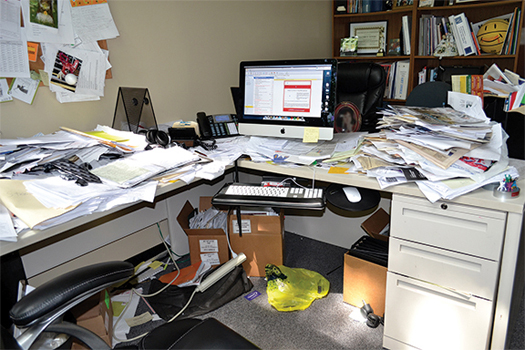In this article, I will be looking at entropy in the manufacturing world. Entropy is generally defined as a measure of disorder. This general definition can sometimes be inadequate.
|
ADVERTISEMENT |
Let’s look at the example of a desk in an office. One could say that if the desk appears to be in order (i.e., neat and tidy), then it has low entropy. However, the concept of orderliness is very subjective. To me, if I am able to know where everything is, and I can access each item quickly, then my desk has low entropy. It may not seem “ordered” to an outsider, and he may conclude that my desk has high entropy.
…

Add new comment